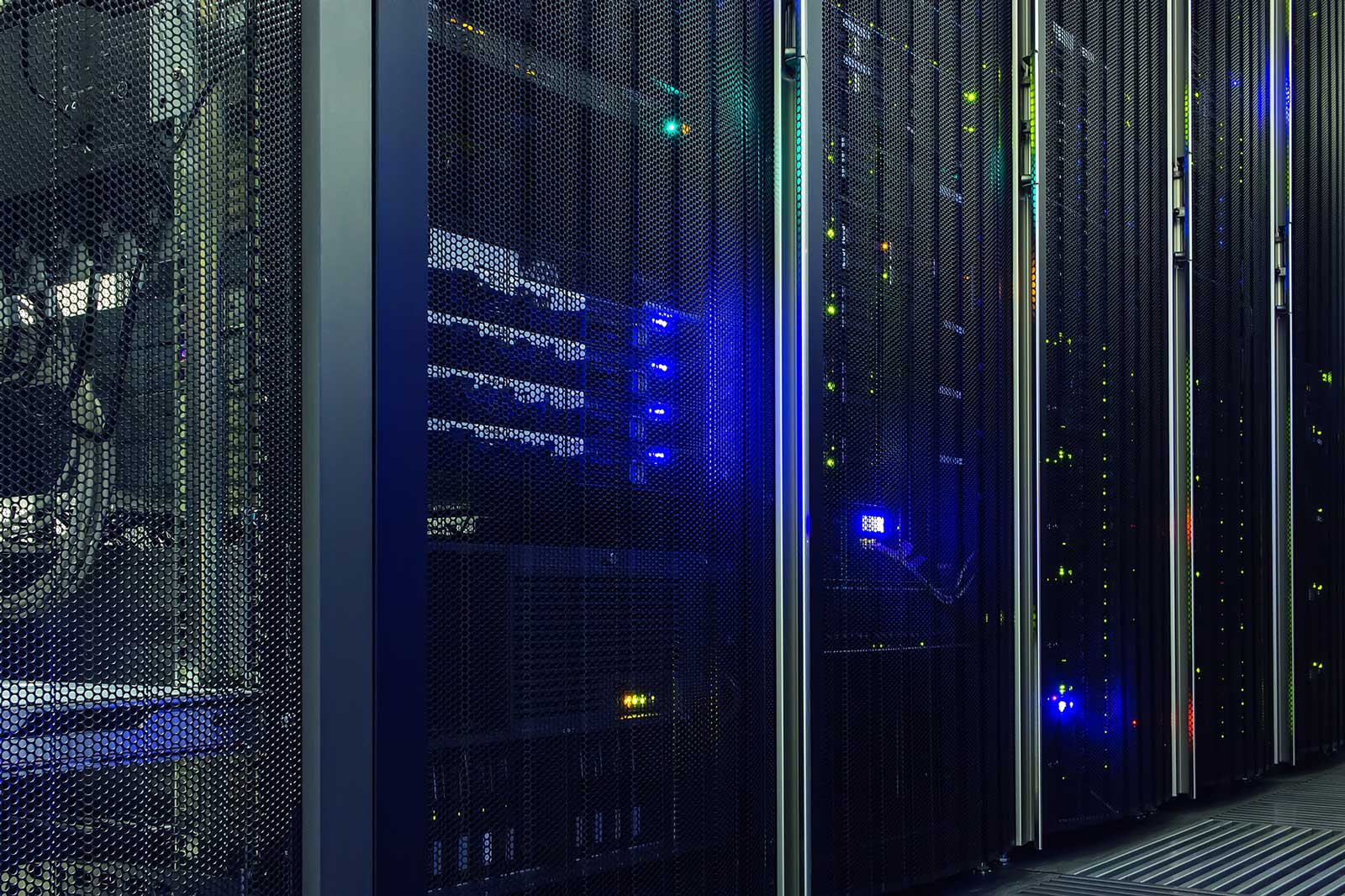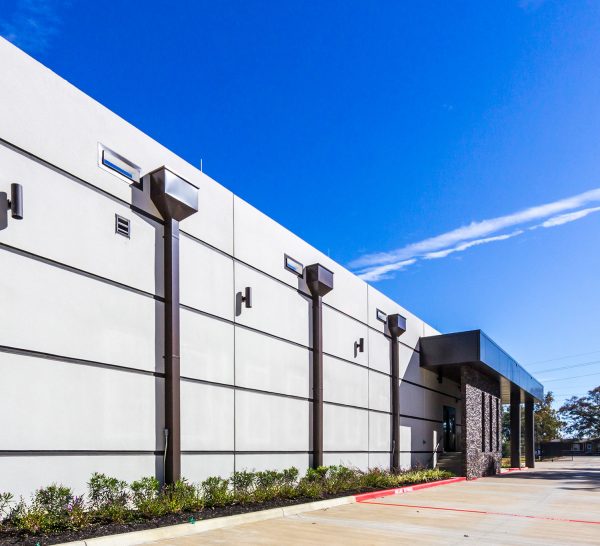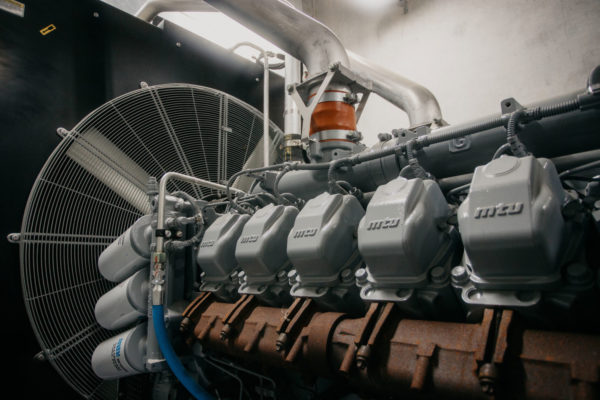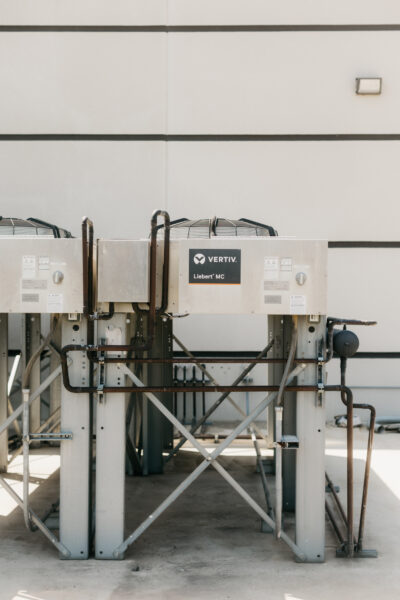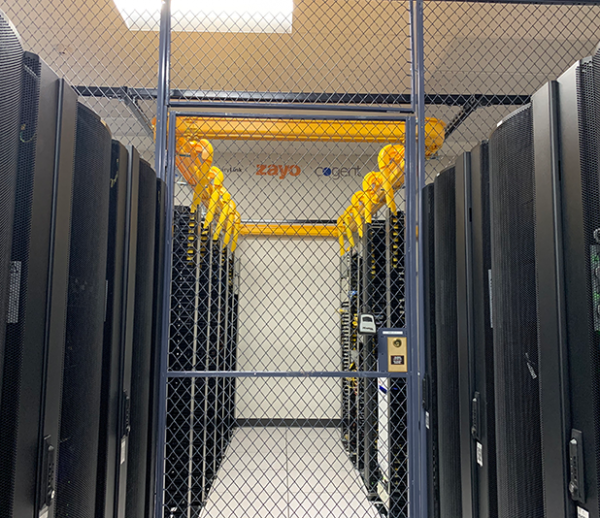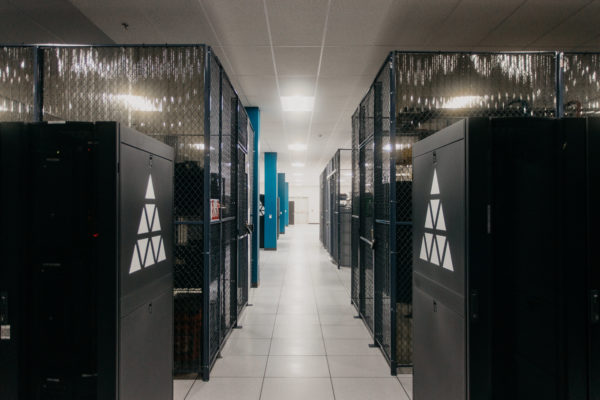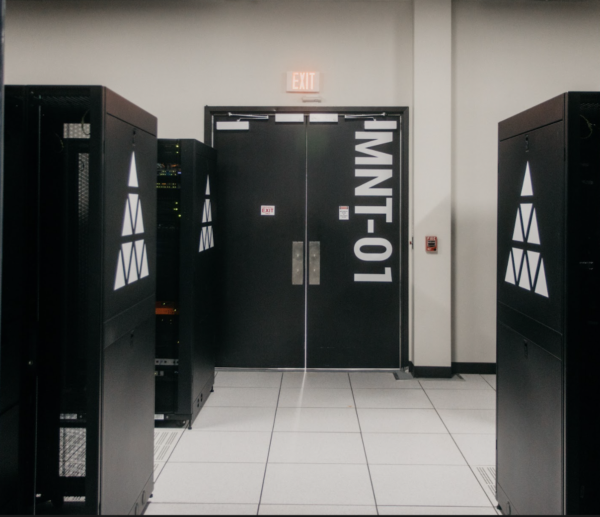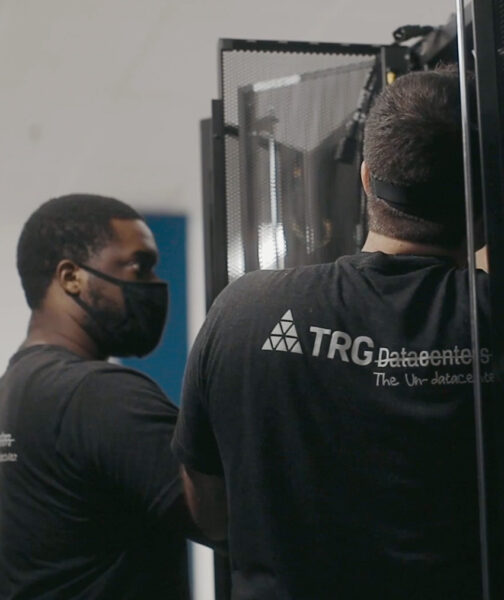Remote hands on has been free from the very beginning of TRG. At first, this was met with bewilderment from industry experts, but as we’ve shown, offering free remote hands is essential when it comes to maximising reliability.
We cover the cost of remote hands on so that our customers can reap the benefits of superior reliability and 100% uptime now, and in the future.
Read on and we’ll explain in detail why free remote hands on has proven so vital to our fully fault tolerant facility, and why the advantages this free service offers extend far beyond immediate cost savings for our customers.
What is Remote Hands?
The term remote hands is one you’ll see used quite often by data center professionals. It refers to a particular service that’s offered by many good quality data centers and colocation providers.
Remote hands on is well worth knowing about, because it makes life a whole lot simpler and frees up time for our customers.
Put simply, remote hands facilitates easier delegation. It makes it possible for data center customers to hand over technical tasks concerning their IT management and maintenance to trained professionals employed by the data center.
And when it’s kept free, customers are far more likely to hand over the reins to their data center partners, no matter the size or scope of the request.
Typically, you’ll see remote hands being used for a whole host of different services, from installation to checking the status of equipment and replacing drives.
Our Free Remote Hands Service
We offer a non-emergency, non-SLA’d remote hands-on tier that is entirely free. It covers a huge range of different tasks, which includes irregular tasks like routine maintenance, swapping components (power supplies, hard drives) and troubleshooting low frequency issues.
Additionally, we provide separate Rack and Stack, and Colo+ services that can cover installation requirements and any issue that comes up over time.
For emergencies, we provide a paged SLA’d ticket queue priced at $250/hour, and billed in 15-minute increments. But we’re pleased to say that over the last year, we have recorded no emergency tickets whatsoever. In fact since the inception of the facility this emergency ticket queue has only been needed three times.
Why We Do Free Remote Hands On
It saves our customers money
Our free remote hands on service saves customers huge amounts of money, because the cost of remote hands on can soon add up if it’s used as it should be.
We estimate that customers using our free remote hands on will save anywhere between $3,000 to $4,000 per year in hidden fees. But it’s not just the cost of the service itself that helps keep bills down overall.
We’ve also got to consider the impact that our focus on reliability has in the long term. From the start, we’ve been committed to facility design with reliability at its core. This has allowed us to dedicate more of our time to providing for our customers’ needs, and free remote hands on is a key part of this.
Offering free remote hands on allows us to limit one of the primary causes of outages: human error.
Our technicians are highly trained and multi-skilled which means the risk of human error is far lower when remote hands on is in use. This in turn has resulted in us being able to keep overheads low, something that our customers are already benefiting from.
It allows us to work in partnership from day one
Our customers are all introduced to the facility with a thorough onboarding process. A key part of this is an explanation of free remote hands on, and how it works.
When customers come to us, we soon show them the ropes of free remote hands on so that they can get the maximum benefit from it from day one.
This means that once tasks have been requested, our customers will know what to expect and they’ll fully understand the automated responses they receive, as well as the more detailed responses from our technicians.
Our non-emergency tickets are handled quickly, and almost always in the same shift. And that’s usually perfectly acceptable, unless a real emergency has occurred (in which case customers will get an instant response with paged escalation throughout the organization).
Free resources mean actual emergencies can be dealt with quickly
Free remote hands on enables our technicians to prioritise tasks in-house, which benefits our customers in a number of different ways.
The fact that our customers have full use of free remote hands on means that our team isn’t faced with piles of tickets all declaring themselves as ‘emergencies’ (when few, if any, really will be). As a result, we can eliminate the constant state of alarm that some data centers work under, and we’re ready and poised to deal with any actual emergencies if they do arise.
What is beautiful about the term actual emergencies, is these aren’t dictated solely by us either. Suppose a customer deems something is an emergency to them. In that case, they have the option to submit a paid escalation emergency ticket, if they choose to.
Since our free tickets capture >99% of ticket volume at TRG, these emergency tickets are extremely infrequent, so our team will always react to them immediately.
Getting away from the mental static and alarm fatigue allows us to look beyond the NOC room desk and continue to think about improving the customer experience. Making remote hands-on free has empowered us to think about what else we can do to help our customers, since its free anyways!
It nurtures collaboration between our team and yours
When you choose TRG, you’re actually choosing a long term partnership that sees our technicians become an extended part of your team. And offering free remote hands on is absolutely key to this.
Teams cannot work harmoniously together is one is constantly billing the other for every second spent working on a project. By keeping services like remote hands on free, we’ve empowered our staff to think outside of the box to provide value-added services to customers as they see fit.
Instead of leading with accounting, we lead with experience and engineering. Doing so has allowed us to introduce several successful additions to our organization, such as Colo+ and the data center’s thinking as a delivery model versus just a place.
It allows us to maximize operational efficiency and pass savings on to you
Our redundant and modular infrastructure allows for easier maintenance, and reduces the urgency of certain failures. This means overheads are kept low, and we’re able to pass on savings to our customers with the provision of things like free remote hands on and free cross connects.
The TRG team is trained extensively, with over 900 pages of documentation and 250 custom videos. So they’re well equipped to handle both facility and customer-facing tasks with ease, and emergencies are quickly avoided.
We’re now well known for the free services we provide. Despite offering these at no cost to our customers, we maintain similar operating margins to other providers. And that’s because we’ve focused on improving efficiency from the very start.
It solves the classic “ticket queue” problem
Free remote hands on helps us to separate the ticket queue, so we can focus on solving tickets in the non-emergency queue in a practical way, and jump on the extremely infrequent emergency ticket when it does occur.
By bifurcating emergency and non-emergency requests, our team always knows where to direct their attention urgently, and what can be managed during quieter periods. This helps to prevent burnout and mistakes on routine tasks. And by keeping the service free, we can continue to nurture valuable relationships with our clients.
It reduces alarm fatigue for a calmer working environment
Our customers benefit from remote hands on in a multitude of different ways, but it’s also been hugely beneficial for our own team too.
Cutting the cost of remote hands has enabled our team to manage requests more efficiently, and that alone has a huge impact in reducing alarm fatigue and the risk of human error. And the impact of that on reliability has been clear to see.
Alarm fatigue is a significant issue in our industry. When everything is an emergency, people become numb and calloused to those emergencies. This lack of empathy on one side can cause some real customer service interaction issues, as well as unnecessary stress and turnover within an organization.
Staff turnover and training is one of the largest and riskiest issues in a mission-critical organization. And that’s why having a deep understanding and filter of qualifying emergencies and properly applying pressure to your team members is incredibly important.
By reducing emergency ticket volume and building a truly fault-tolerant infrastructure, we’ve almost eliminated the “interruption emergency culture” that is pervasive and problematic in NOC’s today.
As a result, our job satisfaction and hybrid NOC member models create higher-paying NOC Jobs (our average is currently 25% above the industry average for our city).
Building long term members, at the most basic level of the organization, is a crucial building block for educating and creating a successful organization. These NOC members are often non-traditional hybrid candidates instead of the old “Help Desk Guy” model, and that contributes to the TRG difference in diverse ways.
Ultimately, the creation of a happier, calmer working environment for our own team is beneficial for our customers too. Our staff are more likely to stay with us for longer, meaning they understand the data center better and are best placed to offer advice to customers as and when they need it. Customers too notice the benefit this has in terms of continuity and long-term relationships with their data center team.
